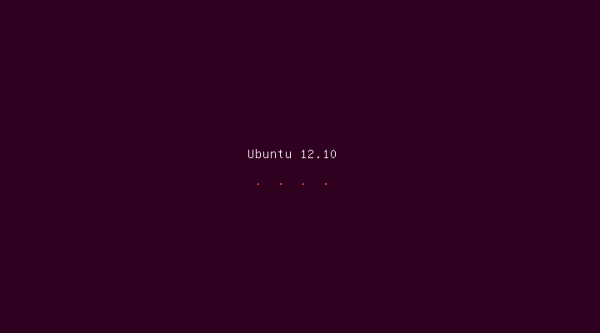Solids can be classified on the basis of electrical conductivity as:
1) Conductors
2) Semiconductors
3) Insulators
Conductors: The Substances which easily allow electric current pass through them are called conductors. E.g. Copper, Aluminium has large no. of free electrons.
Conductors contain no forbidden energy gap between valance band and conduction band. They overlap each other as shown in the given image. Without supplying any additional energy valance electrons become free electrons which make metals like Copper, Aluminium good conductors of electricity.
1) Conductors
2) Semiconductors
3) Insulators
Conductors: The Substances which easily allow electric current pass through them are called conductors. E.g. Copper, Aluminium has large no. of free electrons.
Conductors contain no forbidden energy gap between valance band and conduction band. They overlap each other as shown in the given image. Without supplying any additional energy valance electrons become free electrons which make metals like Copper, Aluminium good conductors of electricity.




